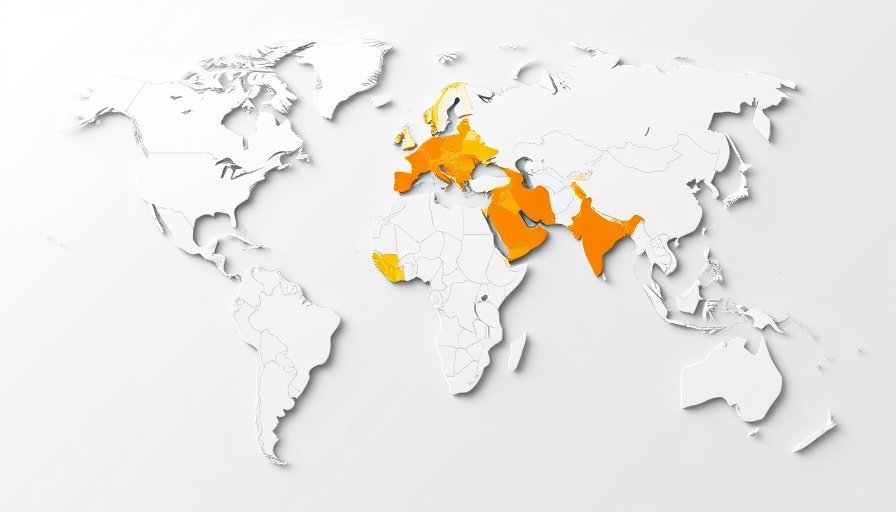
Preeclampsia: A Global Health Crisis in Need of Consensus
Preeclampsia is not just a medical term; it represents a serious global health challenge. Each year, approximately 10 million women are diagnosed with this condition, which is a leading cause of maternal deaths and stillbirths. While its impact is dire, it’s concerning that there is no universal definition or consensus on how to effectively assess preeclampsia. Recent reviews have revealed significant divergences among the guidelines issued by the World Health Organization (WHO) and other major health bodies, creating confusion that could jeopardize women's health.
The Urgent Need for a Unified Definition
The fragmentation in the definition and diagnostic criteria for preeclampsia can lead to inconsistent care across different regions and health systems. Compounding this issue is the fact that hypertensive disorders of pregnancy rank as the second leading cause of maternal death globally, trailing only hemorrhage. The WHO’s upcoming meeting in Geneva, set for July 2025, is a pivotal moment to address these disparities. Representatives from various health ministries, clinical guideline organizations, and technical experts will collaborate to forge a consensus definition that could standardize care worldwide.
Challenges in Diagnosis and Implementation
In addition to reviewing definitions, the meeting aims to tackle the feasibility of diagnostic criteria. This discussion is vital because the availability of resources and diagnostic tools varies dramatically from one country to another. A consensus on preeclampsia could enhance training programs for health professionals and ultimately lead to improved maternal health outcomes.
Historical Context and Current Impact
Preeclampsia is a multifaceted condition that has puzzled healthcare professionals for centuries. Historically, it has been often misdiagnosed or ignored, leading to devastating outcomes. By better understanding its criteria, we can prevent misdiagnosis and provide timely intervention. The historical misunderstanding of preeclampsia pertains not only to its clinical characteristics but also to the social disparities faced by women in different parts of the world. The forthcoming meetings aim to bridge this gap.
The Path Forward: Opportunities and Challenges
One of the significant goals of the WHO meeting is to identify opportunities and challenges in strengthening preeclampsia diagnosis. Implementing a global definition can facilitate sharing best practices and provide a framework for future healthcare policies. However, stakeholders must also navigate logistical challenges in resource-poor settings, where access to healthcare services remains limited.
Community Engagement and Global Impact
The collective participation of health ministries and guideline organizations marks a critical step toward global health equity. It is not only a medical issue but a community challenge as well. By empowering communities with knowledge about preeclampsia, we can foster a culture of proactive health management. Engaging with women around this subject through support groups or community programs is crucial for raising awareness.
What You Can Do: Advocate for Change
Awareness is the first step toward making impactful changes. Encouraging your local health professionals to stay informed about the latest definitions and guidelines for preeclampsia can create a ripple effect in your community. Advocacy can take many forms: participating in community discussions, volunteering for maternal health organizations, or simply sharing information with those around you.
Conclusion: Taking Action Together
The WHO's initiative in convening expertise for a unified approach to preeclampsia is commendable and necessary. As discussions advance, let us remember that every voice matters. By taking proactive steps, both as individuals and communities, we can influence positive change and mitigate the impact of this serious condition. Join the conversation on maternal health, stay informed, and support efforts to ensure healthier pregnancies and safer births for all women.
 Add Row
Add Row  Add
Add 




Write A Comment